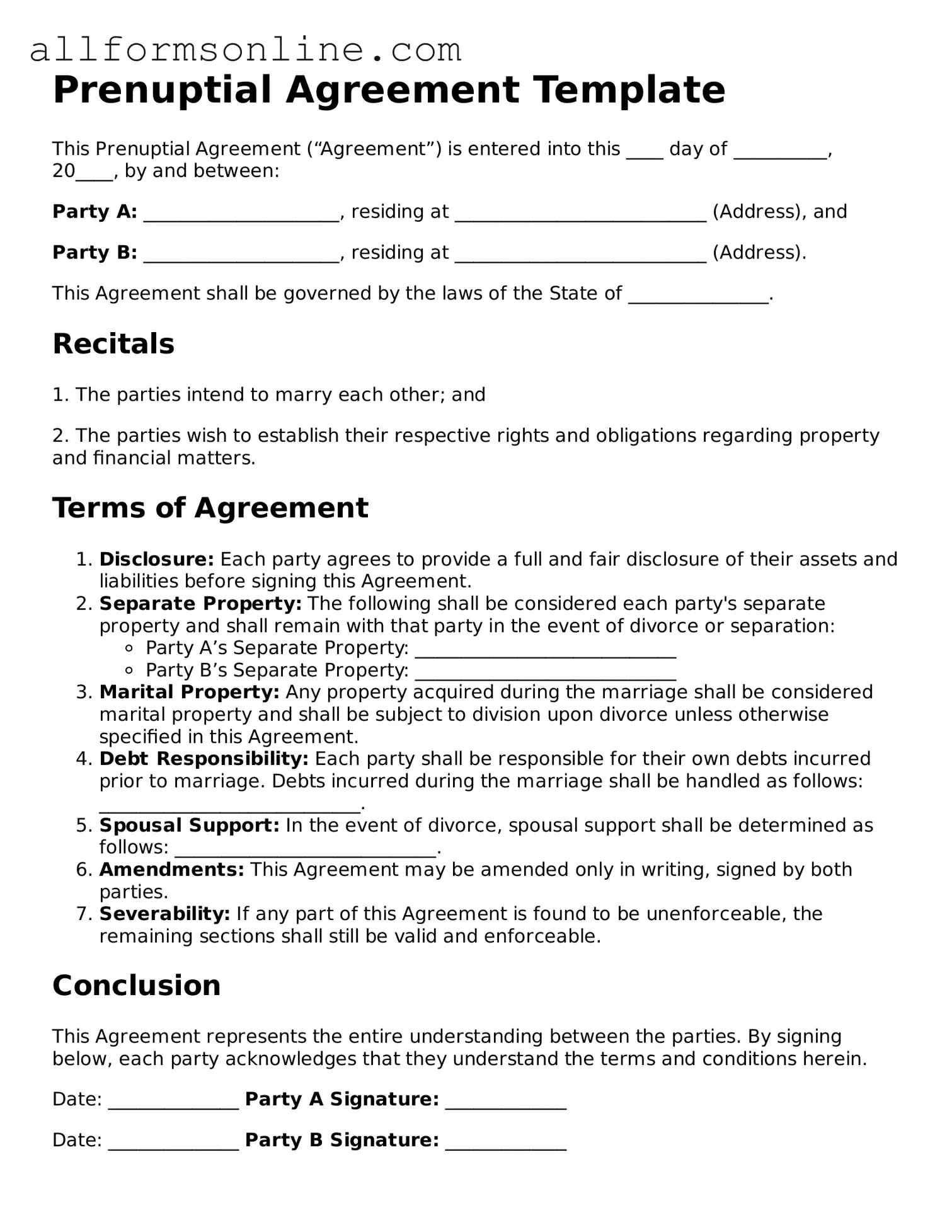What is a prenuptial agreement?
A prenuptial agreement, often referred to as a "prenup," is a legal document created by two individuals before they get married. This agreement outlines the division of assets and financial responsibilities in the event of a divorce or separation. It can also address issues such as spousal support and the management of debts. By establishing these terms in advance, couples can protect their individual interests and reduce potential conflicts in the future.
Who should consider a prenuptial agreement?
Anyone planning to get married may benefit from a prenuptial agreement. This is especially true for individuals with significant assets, debts, or children from previous relationships. A prenup can provide clarity and security, ensuring that both parties understand their rights and obligations. Even couples with modest assets may find it useful to outline financial responsibilities and expectations.
What can be included in a prenuptial agreement?
A prenuptial agreement can cover a wide range of topics. Common provisions include the division of property acquired before and during the marriage, management of debts, and spousal support. Couples may also address how to handle inheritance or gifts received during the marriage. However, certain topics, such as child custody and child support, are typically not enforceable in a prenup and are usually determined by the court based on the child's best interests.
How do I create a prenuptial agreement?
Creating a prenuptial agreement involves several steps. First, both parties should openly discuss their financial situations and expectations. It is advisable to consult with separate legal professionals to ensure that both individuals understand their rights and the implications of the agreement. After drafting the agreement, both parties must review it thoroughly before signing. It’s crucial that the prenup is signed well in advance of the wedding to avoid any claims of coercion or undue pressure.
Can a prenuptial agreement be changed or revoked?
Yes, a prenuptial agreement can be modified or revoked after it has been executed. Both parties must agree to any changes, and it is advisable to document these changes in writing. If either party wishes to revoke the agreement entirely, this should also be done in writing, and both parties should sign the revocation. Keeping the agreement updated is important, especially if significant life changes occur, such as the birth of children or major financial shifts.
